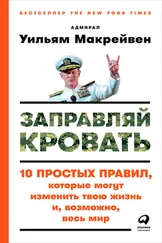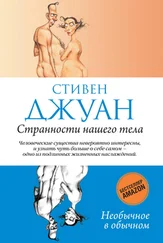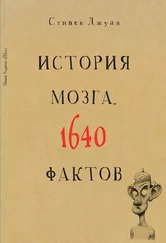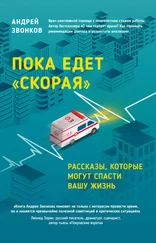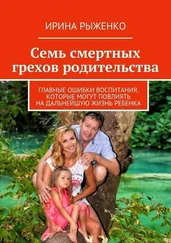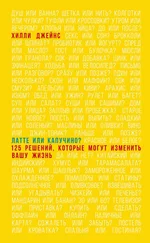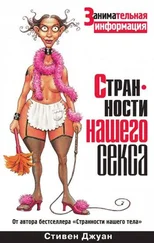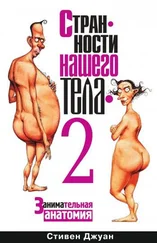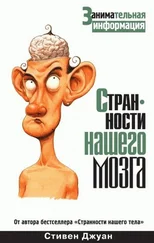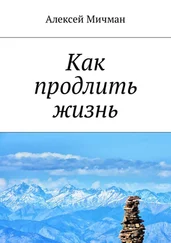D. Smith, ‘Traffi c accidents and Friday the 13th’, American Journal of Psychiatry, 2004, vol. 161, no. 11, p. 2140.
Drs I. Radun and H. Summala are from the Traffi c Research Unit of the Department of Psychology at the University of Helsinki, Finland.
I. Radun and H. Summala, ‘Females do not have more injury road accidents on Friday the 13th’, BMC Public Health, 2004, vol. 4, p. 54.
Drs V. V. Kumar, N. V. Kumar and G. Isaacson are from the Department of Otolaryngology at the School of Medicine at Temple University in Philadelphia.
V. Kumar et al., ‘Superstition and post-tonsillectomy hemorrhage’, Laryngoscope, 2004, vol. 114, no. 11, pp. 2031–2033.
S. Juan, ‘Is Friday the 13th bad for your health?’, The Register, 7 July 2006.
S. Juan, ‘No ill fortune on Friday the 13th’, National Post, 16 October 2006, pp. 1–3.
Dr K. Eto is from the Japanese Ministry of the Environment and the National Institute for Minamata Disease in Minamata.
K. Eto, ‘Minamata disease: A neuropathological viewpoint’, Seishin Shinkeigaku Zasshi, 2006, vol. 108, no. 1, pp. 10–23.
S. Juan, The Minamata disaster – 50 years on’, The Register, 14 July 2006.
Personal communication, 6 July 2006.
S. Juan, ‘Can you die from testing a 9V battery on your tongue?’, The Register, 28 July 2006.
Centres for Disease Control and Prevention, Diphtheria, Atlanta, Georgia, 2 August 2006.
S. Juan, ‘What is diphtheria?’, The Register, 25 August 2006.
S. Juan, ‘What is the diff erence between a virus and a bacterium?’, The Register, 29 September 2006.
L. Kund van der Post, ‘Dive, dive, dive’, New Scientist, 5 October 1996, p. 65.
M. Gregorie, R. Clifton, M. Morton, K. Bastien and A. Bowyer, ‘Free-falling’, New Scientist, 29 July 2006, p. 65.
S. Juan, ‘From what height can you survive a dive into water?’, The Register, 20 October 2006.
Dr T. Bernstein is from the Wallace-Kettering Neuroscience Institute at Wright State University in Dayton, Ohio.
Dr T. Bernstein is from the Wallace-Kettering Neuroscience Institute at Wright State University in Dayton, Ohio.
L. Zynda and K. Skiba, ‘Fracture of both humeral bones after electrocution’, Chirurgia Narzadow Ruchu I Ortopedia Polska, 1991, vol. 56, nos. 1–3, pp. 64–65.
N. Friswell, M. Follows and M. Brown, ‘When people die of electric shocks, what kills them – current or voltage?’, New Scientist, 22 April 2006, p. 65.
S. Juan, ‘What happens when you are executed by electrocution?’, The Register, 20 October 2006.
Office of the Coordinator for Counterterrorism, Country Reports on Terrorism, US Department of State, Washington, DC, 28 April 2006.
Dr HA. Sampson is from the Elliot and Roslyn Jaffe Food Allergy Institute at the Mount Sinai School of Medicine in New York.
H. Sampson, Anaphylaxis and emergency treatment’, Pediatrics, 2003, vol. Ill, no. 6, pt. 3, pp. 1601–1608.
World Health Organization (WHO), The World Health Report 2002 – Reducing Risks, Promoting Healthy Life, WHO, Geneva, 2002, p. 82.
S. Juan, ‘What if you are hit by lightning’, National Post, 8 May 2007, pp. 1–2.
Конец ознакомительного отрывка
Купить книгу

